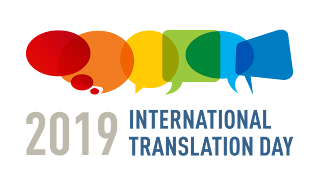Challenges in Technical translation

Following the boom of globalisation, translation services are being more and more in demand by companies who want to relocate their business to new areas or want to propose their products to a wider public. Technical translation is, in its narrower sense, a specialised field of translation dealing with any texts related to technological areas. Such documents contain very specialised key terminologies. One could think that this type of translation would be the simplest one of all, arguing that each term is factual and represents exclusively one specific object or action invented by humans themselves. But actually, w hen I encountered the opportunity to translate technical documents and interpret manufacturing processes in a chocolate factory, with hardly any knowledge on technical translation, I though the same along with my boss. I was aware this would be a tough task, yet I agreed on this project. We did not know how wrong we were. Where do the problems of technical tran...






